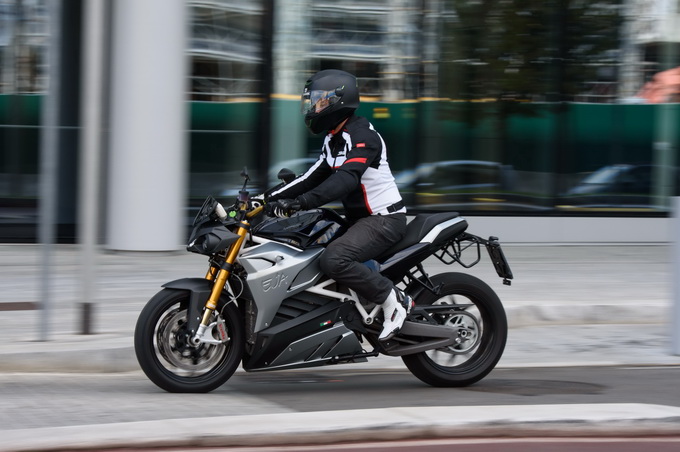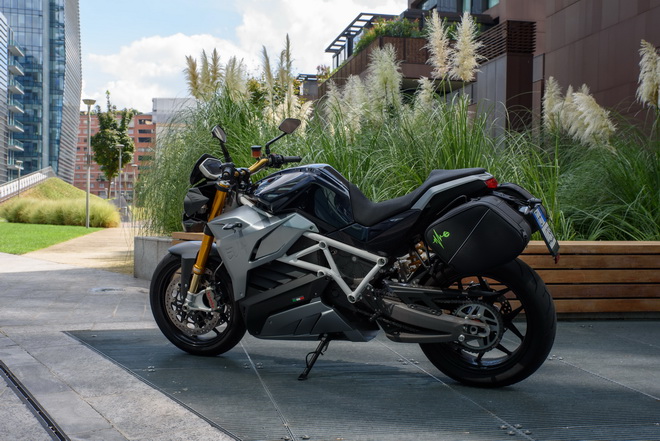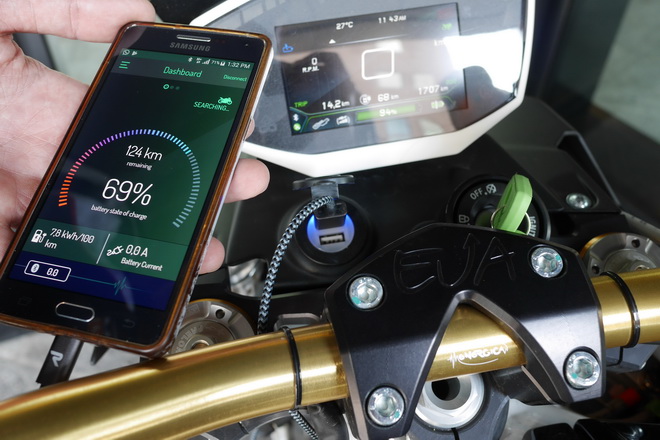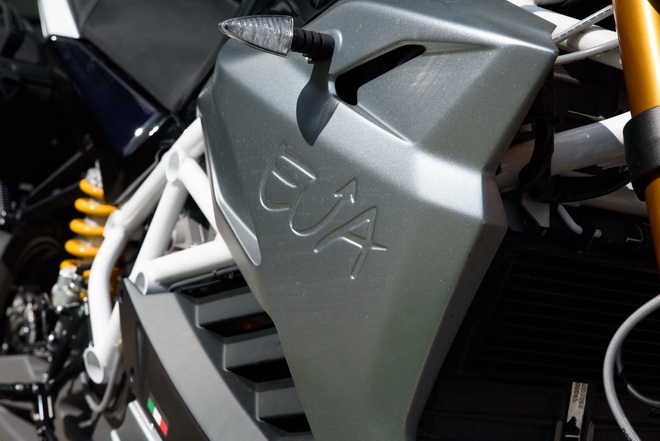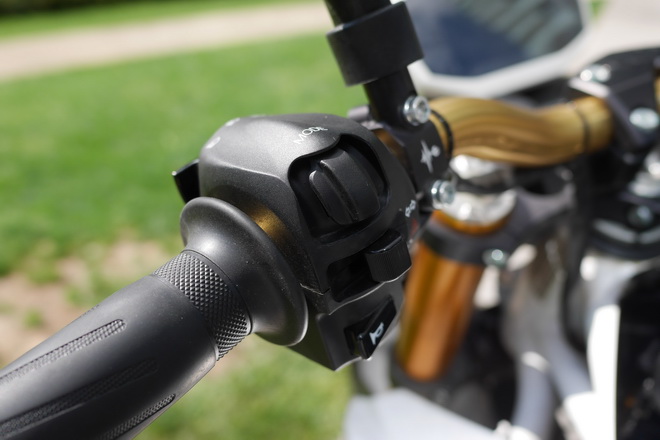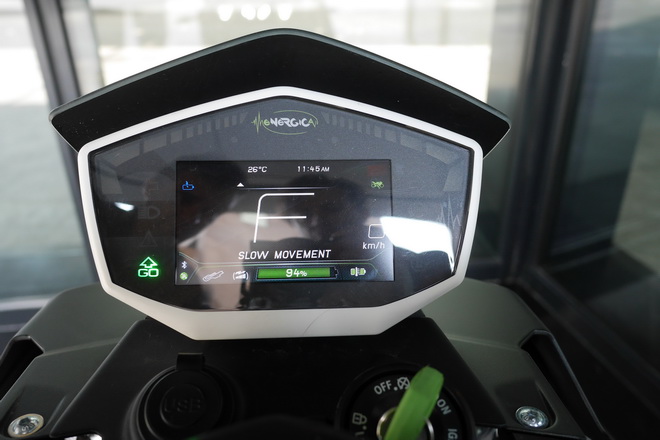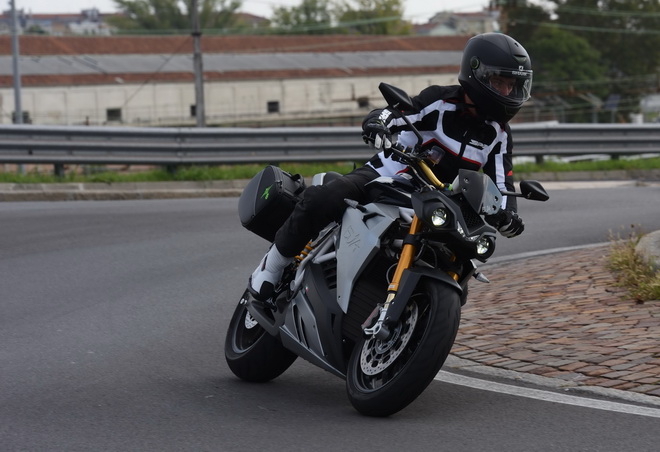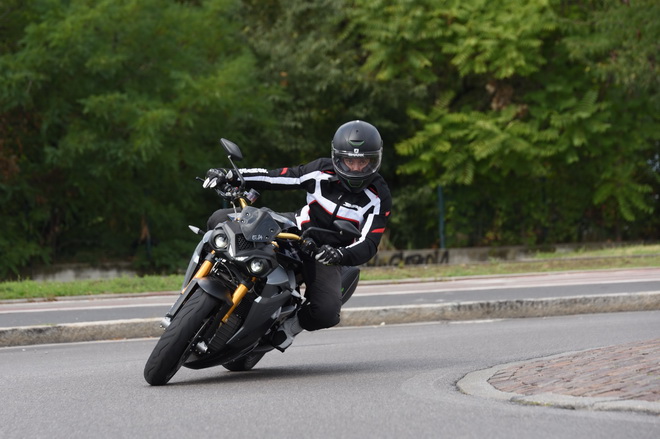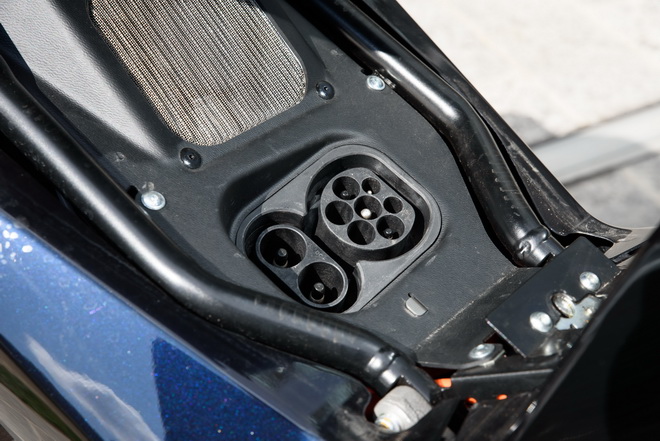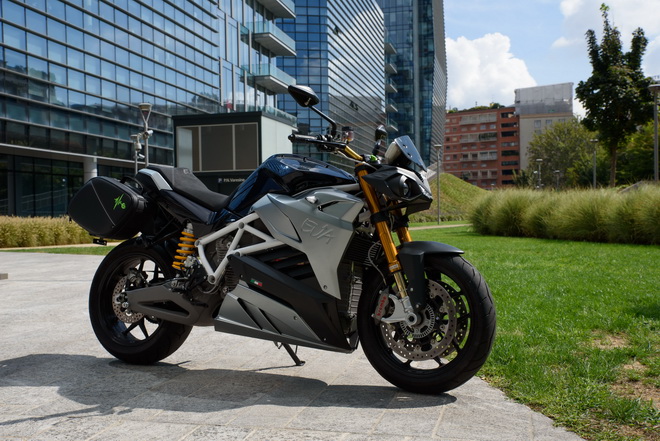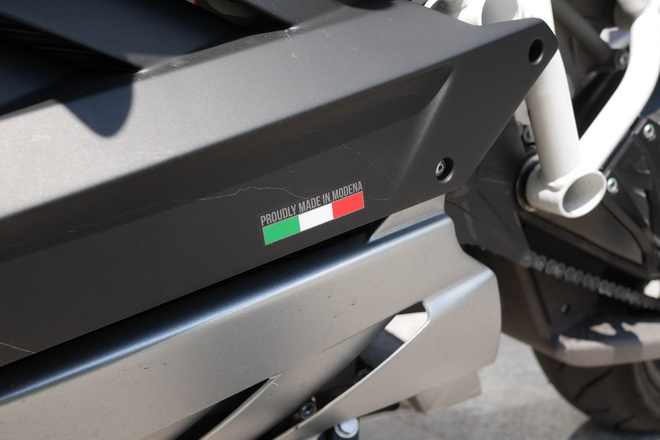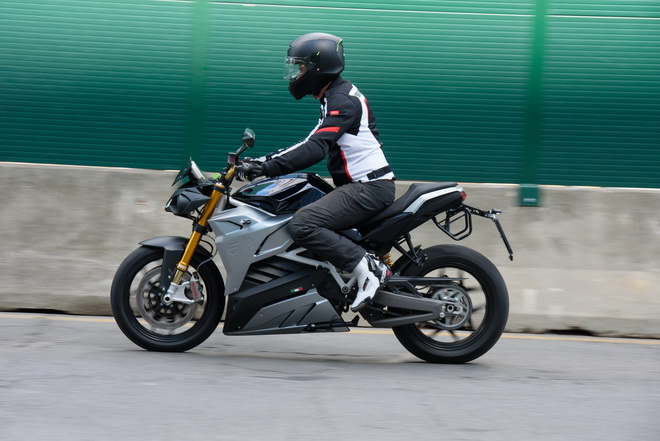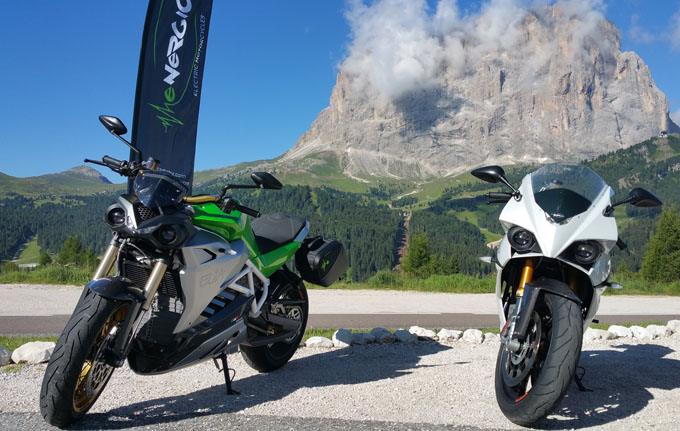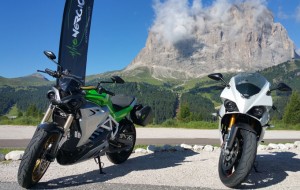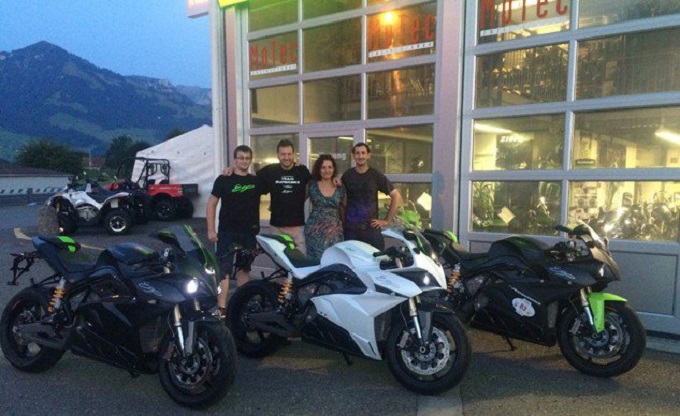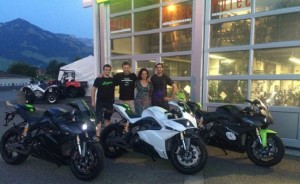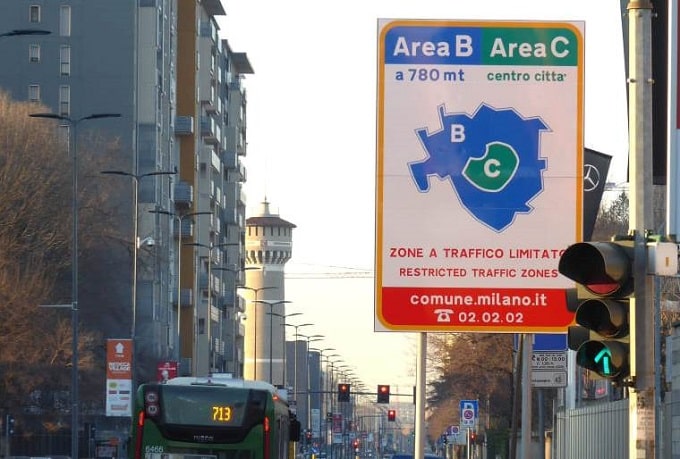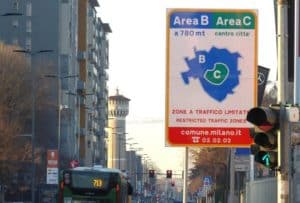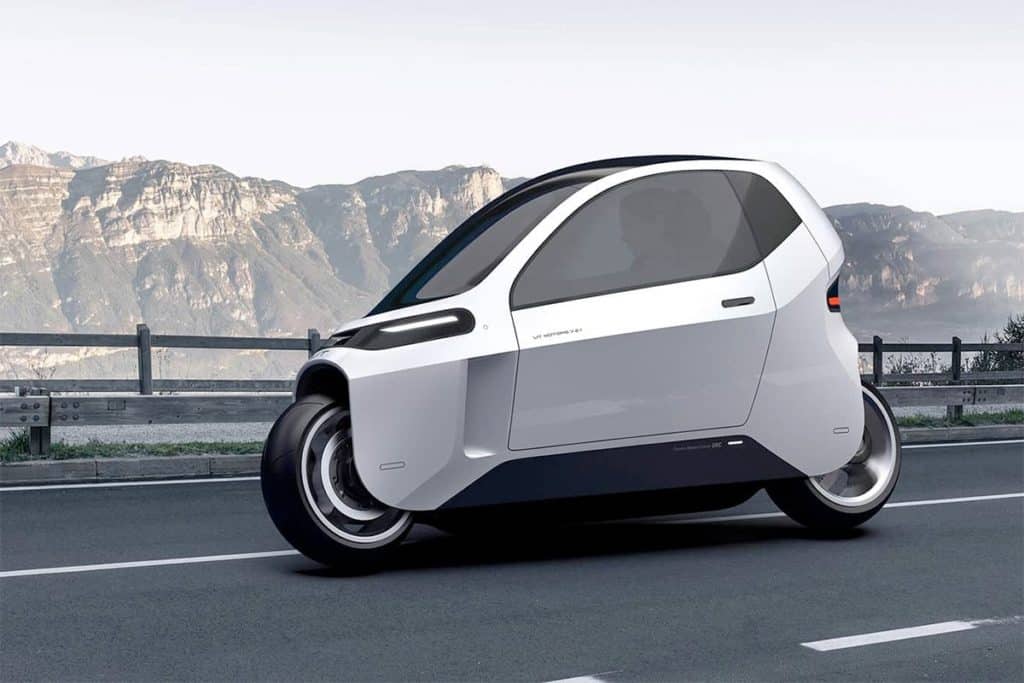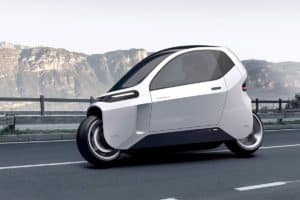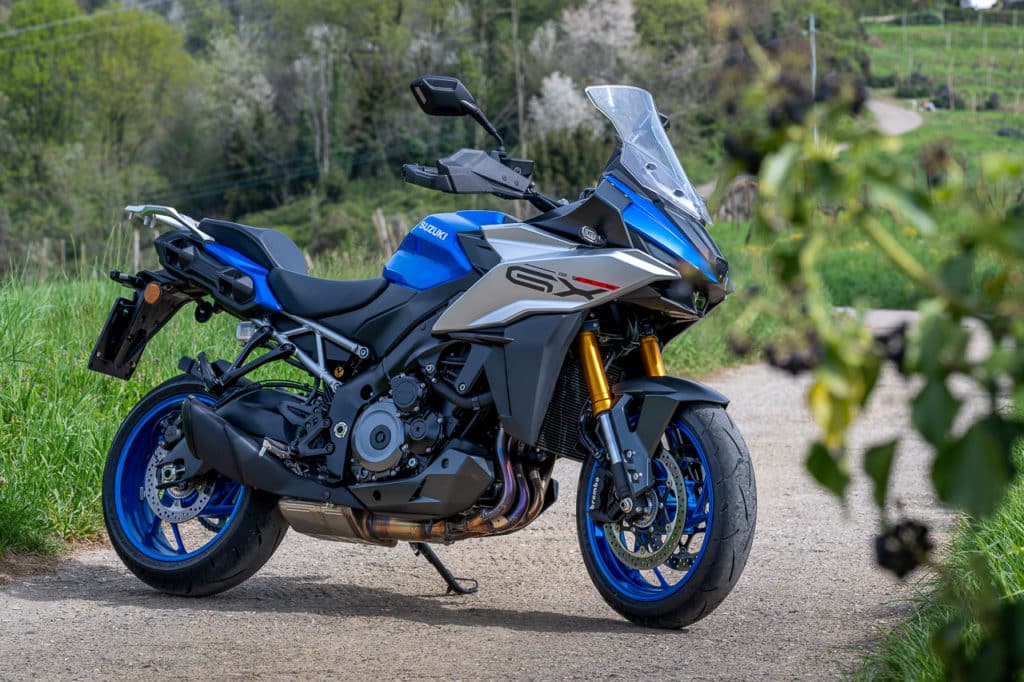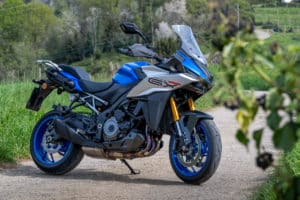Energica Eva, zero emissions in a sporty key [ROAD TEST]
The first electric streetfighter made in Italy doesn't like compromises
Energetic, for those who don't know her, she is one of the main global players in the electric motorcycle sector. A company that is still small in size, but already listed on the stock exchange and experiencing triple-digit growth, as demonstrated by its turnover, which went from around 700 thousand euros in 2015 to 2.5 million in 2016. It is a company that provides employment to around thirty people and which aims to grow, both in terms of sales and size. It is in fact structuring itself to be able to produce a much higher number of motorcycles than the current one and furthermore, two sales points have just been inaugurated for the interesting German market. An expansion that therefore seems to be only at the beginning.
The Eva is Energica's second model, after the Ego surprised the world in 2013, with a sporty approach to the concept of an electric motorbike, so much so that the Modena-based company is also closely linked to sports competitions. The eMotoGP championship, which could debut as early as 2019, also includes the small Italian company among the eligible brands. When others propose products that revolutionize the idea of motorbikes as we know it, not only for propulsion, but also for style, the Ego and the Eva are powered by the same permanent magnet synchronous motor, cooled by oil, but do not go down to compromises and offer high-end sports chassis and components. They "declared" it right away, with their birth in the land of motors, Modena, which cannot ignore the pleasure of driving, which in these areas is a religion, rather than a purpose of the designers. The record torque, which here stands at 180 Nm, is worth more than the data on maximum power (around 109 horsepower) to make it clear what it is capable of in terms of performance. One of the main differences from a petrol engine is the accelerator response, which is so immediate that it can become "exaggerated" and difficult to control. In this we must congratulate the technicians who developed the Eva, because the delivery, managed by the VCU (Vehicle Control Unit), is surprising, but always safe, to the point of not making the absence of control too noticeable. of traction, at least on surfaces with good grip.
Aesthetics and finishes:
rating: 
A modern and sporty look, first-class quality
Whether it is beautiful or not is up to you to judge, it is certainly a muscular and angular motorbike, characterized by quite marked sportsmanship. However, what is objective and tangible is the great construction quality, materials used and components. It amazes from the first moment you sit in the saddle. One of the central elements is the instrumentation, which has important and more relevant tasks, given the electric propulsion. This is one 4.3 inch active matrix TFT color screen. It offers excellent resolution and visibility and an internal Datalogger, for data recording, also thanks to access to the system Integrated GPS.
Very intuitive in navigation and in the selection of the various driving modes, use of the engine braking and more, it is also able to communicate with your mobile phone, with which it is connected to MYEnergica App. A real on-board computer, not just an instrument panel. The aesthetics show a full-bodied central part, defined in size by the battery pack, while the steel tube trellis frame, painted white, is the skeleton of the motorbike.
A Superbike front end, with a high-quality fork Ohlins (optional) e Brembo 4-piston radial-mount brake calipers that bite 330 mm discs, makes it clear that the Eva is not an ecological "appliance", as electrification detractors might call it, but a motorcycle capable of high performance. The headlight with two small circular elements and a full-edged mask completes the look of the aggressive nose of the motorbike, slim and short at the rear, where we find a nice aluminum swingarma single shock absorber offset on the right side.
Obviously, the exhaust is missing, which helps to define a clean lines of the bike, while the tank cap is replaced by the charging socket, located under the saddle, conveniently assisted in opening by a pneumatic piston. There are actually two: home charging and fast charging at the charging stations.
Such refinement is then enriched by optional elements, such as carbon details, USB sockets, but above all even more valuable components, both for the suspensions and the wheel rims. In our case the noble carbon was used for the central cover, but you can also choose the headlight mask (an accessory worth over 1.400 euros alone), or a kit that includes mudguards, under tail, chain guard, conveyor air and side fairings. In short, a tailor made motorcycle, which aims to offer the possibility of being customized to the point of becoming unique in each example that leaves the factory.
Engine and performance:
rating: 
The magic of electric propulsion, exploited and made available in the best way
Before getting into the technical stuff, we want to reiterate our appreciation for what has been done in the development phase of the engine and the electronic mind that manages it. The necessary premise is linked to the fact that a traction control system has not yet been set up, probably also due to the small numbers and the difficulty of developing such a complex component to be designed specifically for a motorbike with electric propulsion. Reading the power data (109 hp), some might think that they can easily do without it, but the monstrous torque of 180 Nm instead leads us to understand the severe task to which the rear tire could be subjected. The surprise was to discover that, even using the Sport mapping, the Eva does not cause problems for the rear, at least when driving in the dry. It almost seems like there is a traction control, but instead it is the result of an excellent calibration of the VCU, which partially smoothes the delivery of the permanent magnet synchronous thruster, which in itself would be devastating even at zero engine rpm. The first few meters are thus less impactful, but decidedly safer, while gas management is also easy, because it is smooth and progressive, while maintaining the immediate reactivity, typical of this type of propulsion. The comparison is obvious, because we have recently tried another electric motorcycle, but with a radically different approach. The Zero SR, despite having lower torque and power, is so nervous in its delivery that it is suggested to be very cautious when opening the throttle, before having to manage decidedly complex situations, with significant slippage of the rear (also due to of the choice of a narrow “140”, efficient, but inadequate for the exaggerated torque of the engine).
The Eva's engine is oil-cooled and offers four maps: Urban, Eco, Rain, Sport, but also as many configurations of regenerative braking (Low, Medium, High, Off). As in the automotive sector, also in motorbikes, in our opinion the best is the one that offers the greatest possible engine braking. This allows you to recover the greatest amount of energy during release or deceleration, but also limits the use of the brakes. In a not too aggressive driving you can easily do without braking, so powerful is the action of the engine used as a generator, while it is sufficient to only partially close the throttle to avoid reducing the speed too much, depending on the need. We have already mentioned the fact that, in the case of electric motors, the torque figure is more important than the power figure.
It is not an absolute record, but without scrolling through the entire list, all that comes to mind is the powerful 3-litre 2.3-cylinder of the Triumph Rocket III, which manages to do better and reaches 221 Nm, because the super sports cars that compete in SBK championships stop at around 110-140 Nm, while even the most exaggerated HDs cannot match the 180 Nm of the Eva. Performance that results in a maximum speed self-limited to 200 km/h (against the 240 of the Ego, equipped with the same engine, which in that case however reaches 200 nm and 145 horsepower), but above all in an acceleration and a recovery that make you smile under your helmet, however exaggerated and instantaneous they are. The sound is completely different, because the electric motor hisses, leaving more room for the noise of the air and the rolling of the tires, which replace the roar of a "normal" motorbike.
Finally, the convenient function of Park Assistant, which is enabled by pressing the power button for approximately 2 seconds and which allows maneuvering to proceed at a maximum speed of 2,8 km/h, both forwards and backwards.
Ride and handling:
rating: 
The weight is heavy, but the driving dynamics are true sports cars
It is surprising that, excluding the initial impact with the bike stopped, where its 280 kg are somewhat felt (even if placed low and excellently balanced), On the move, the Eva is a very intuitive motorbike that does everything as you would like. Thanks to excellent planning, but above all to one refined cycling need a much sportier approach than its competitors. The Eva presents itself as a motorcycle that it wants to show how adrenaline-inducing electric propulsion can be, as well as green. The wide handlebar it is perfect for mastering it and managing the descent into the lean, which is a bit difficult in the initial phase and which requires practice, before getting used to the Energica naked. Between the value of the bike and the heavy weight, psychologically it is natural to limit yourself a little, in all sincerity. Gradually we were then able to appreciate excellent handling and behavior that was much more similar to a traditional sports car than one might think.
Eva delivers an excellent Marzocchi front fork comes standard (with 43 mm stanchions, spring preload and hydraulic brake adjustment in compression and rebound), replaced by a fine optional Ohlins in our case, obviously multi-adjustable and which raises the bar in terms of driveability and performance (+ 2.684 euros). Always Ohlins, always optional, the rear mono shock absorber with yellow spring (+ 878 euros), equipped with 46 mm piston, 16 mm rod and adjustable rebound and spring preload. An always excellent Bitubo is provided as standard, also adjustable. The tires are Pirelli Diablo Rosso II, measuring 120/70 ZR17 at the front, 180/55 at the rear. The skeleton of the bike is a trellis frame made of steel tubes, combined with an aluminum rear swingarm. Brembo is thinking about slowing down Eva, through the double front disc, floating and 330 mm in diameter, on which radially mounted calipers and 4 pistons act. At the back we find a single 240 mm one, with 2-piston caliper, all supported by a Bosch ABS system, which offers the possibility of being excluded, via the instrument panel.
Price and consumption:
rating: 
Definitely not within everyone's reach, but excellence comes at a price
Let's start from one of the most important data, that ofautonomy. According to the declared data, the 11.7 kWh battery allows you to travel 150 km (in the combined cycle), 108 in Sport Mode, with regenerative braking disabled, always according to regulation 168/2013. What we have been able to detect in the field is that the data is objectively credible, But you descend for around a hundred real kilometres, taking advantage of the great aggressiveness available. At least at the beginning it's impossible not to do it, because the fun is unique. Probably after the first few days consumption would get closer to the declared figure, because the pace would become more "human". It should be underlined, for those who are not familiar with electric engines, that consumption is strictly linked to speed, much more than with an internal combustion engine. The efficiency (the ratio between energy consumed and energy produced and then transferred to the ground via the rear wheel) is very high, we are talking about values that differ by a few percentage points from 100%, compared to around 35 for a petrol engine, but by using the motorbike in a careful or sporty manner the absorption can even triple.
Another unknown related to batteries is their life, but we're talking about a lot 1.200 charging cycles, with a 3 year or 50.000 km warranty. As for the charging times, they're necessary 3,5 hours in modes 2 and 3 (we also have a slower one, if you want to avoid absorbing too much current from the home system, for example, while it even goes down to 30 minutes, to go from 0 to 85% with the optional fast charge (Mode 4), offered by Fast Charge (1.464 euros).
Available in three colors, (Electric Green, Dark Blue and Lunar White), the Eva starts from 30.998 euros, exactly like its faired sister EGO, which they become 31.548 including transport and registration. Each example becomes a unique piece with the many customizations available, which we have already mentioned.
“Our” Eva it was equipped with Ohlins suspensions, carbon fiber central cover, two USB sockets, suitcase kit with Energica and Fast Charge frames, for a demanding total price of 37.739,99 euros. There are many excellences, technological and in terms of quality and components, but it's still one of the most expensive bikes we've ever tried. You could also go up to 40 thousand euros, for example by choosing the magnificent Black&Gold spoked wheels (2.104,50 euros).
Jokes aside, Eva today represents an excellence, moreover entirely Italian, as also declared by the writing “Proudly made in Modena”, which not everyone can afford, but which after having tried we would like to have available in our garage. At the forefront of its technology, without giving up anything a demanding motorcyclist could want, sound aside.
PROS AND CONS
We like it:
Performance, quality, components, sufficient autonomy even for use that is not just urban
We do not like it:
Price, weight and autonomy however limiting
Energica Eva: the Motorionline Report Card
| Motor: |      |
| Handling: |      |
| Gearbox and transmission: |      |
| Braking: |      |
| Suspensions: |      |
| Guide: |      |
| Pilot comfort: |      |
| Passenger comfort: |      |
| Equipment: |      |
| Quality price: |      |
| Line: |      |
| Consumption: |      |
Photo shoot: Roberto Cassago
Tester clothing:
Jacket: Spidi Evorider Tex
Gloves: Spidi STR-4 Coupe
Trousers: Spidi Ronin Pants
Boots: TCX R-S2 Evo
Helmet: Shark Skwal
if you want to always be updated on our news
Follow us here

